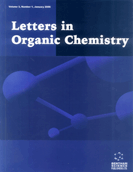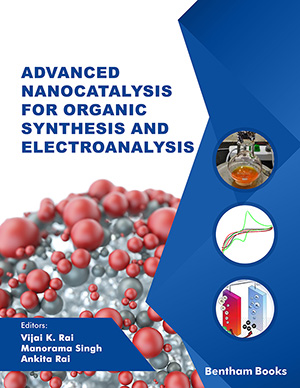Abstract
Introduction: Resiquimod (formula C17H22N4O2, ChEMBL Id 383322) is an immune response modifier that stimulates immune responses to tumor lesions mostly through toll-like receptors (TLR) 7 and 8 dependent pathways.
Methods: This study considers the potential use of Resiquimod in the topical treatment of mycosis fungoides tumor stage, for which standard-of-care is radiation therapy which has a very wellknown dosage-effects relationship and efficacy, but also side effects, and also the limitation regarding the number of times a same area can be treated during a lifetime.
Results: Trials are suggested to evaluate the use of Resiquimod as a replacement for radiation therapy in case of shallow lesions, as well as a supporting agent to increase the efficacy and reduce the dosage of the radiation therapy, lessening the side effects, and permitting many more uses for a same treatment zone.
Conclusion: This study proposes more research for the possible use of Resiquimod in the standalone or synergetic treatment of MF tumor phase, as there is potential, but not yet evidence, for these uses.
Keywords: Oncology, resiquimod, mycosis fungoides, radiation therapy, synergy, tumor.
[http://dx.doi.org/10.1111/j.1365-2133.2008.08615.x] [PMID: 18476957]
[http://dx.doi.org/10.1128/AAC.01173-07] [PMID: 18039918]
[http://dx.doi.org/10.1016/j.antiviral.2004.07.002] [PMID: 15498602]
[http://dx.doi.org/10.1586/14760584.6.5.835] [PMID: 17931162]
[http://dx.doi.org/10.1038/s41551-018-0236-8] [PMID: 31015631]
[http://dx.doi.org/10.1016/j.imbio.2008.12.003] [PMID: 19249118]
[http://dx.doi.org/10.2174/1568026619666191009165418] [PMID: 31769363]
[http://dx.doi.org/10.1136/bmj.321.7258.424] [PMID: 10938051]
[http://dx.doi.org/10.3181/0802-RM-58] [PMID: 18480416]
[http://dx.doi.org/10.1080/09546630310019373] [PMID: 15204164]
[http://dx.doi.org/10.3389/fphar.2017.00304] [PMID: 28620298]
[http://dx.doi.org/10.1182/blood-2015-02-630335] [PMID: 26228486]
[http://dx.doi.org/10.1182/blood-2015-02-630335] [PMID: 26228486]
[http://dx.doi.org/10.1080/09546634.2017.1294728] [PMID: 28635518]
[http://dx.doi.org/10.1016/j.jaad.2004.04.049] [PMID: 15692473]
[PMID: 16935796]
[http://dx.doi.org/10.1016/j.jdcr.2015.08.007] [PMID: 27051776]
[http://dx.doi.org/10.1007/s13555-019-00317-2] [PMID: 31407190]
[PMID: 18424373]
[http://dx.doi.org/10.1007/s11899-017-0387-9] [PMID: 28540671]
[http://dx.doi.org/10.1016/j.jdin.2021.01.002] [PMID: 34409369]
[PMID: 26659928]
[http://dx.doi.org/10.1002/ajh.25577] [PMID: 31313347]
[http://dx.doi.org/10.1517/13543784.2013.749236] [PMID: 23205468]
[http://dx.doi.org/10.1023/B:APPT.0000025805.55340.c3] [PMID: 15258460]
[http://dx.doi.org/10.1172/JCI24826] [PMID: 15841167]
[http://dx.doi.org/10.1111/j.1396-0296.2003.01647.x] [PMID: 14686978]
[http://dx.doi.org/10.1016/j.ijrobp.2003.08.007] [PMID: 15001254]
[http://dx.doi.org/10.1016/j.ijrobp.2017.05.052] [PMID: 28843374]
[PMID: 109206]
[http://dx.doi.org/10.3889/oamjms.2017.122] [PMID: 28785349]
[http://dx.doi.org/10.1177/2036361320975748] [PMID: 34249290]
[http://dx.doi.org/10.4161/onci.25997] [PMID: 24404422]
[http://dx.doi.org/10.1016/j.ijrobp.2013.06.286]
[http://dx.doi.org/10.2217/imt-2017-0082] [PMID: 29421979]


























